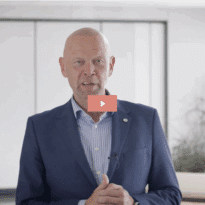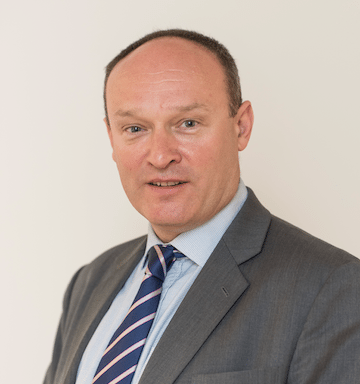David Jane of Premier Miton Investors outlines how the multi-asset team invests in longer-term themes that drive global economies and why they are investing in two themes that do not sit neatly within that strategy
The main drivers of our investment process are macro and thematic ideas. Macro tends broadly to deal with such factors as regional economic performance, interest rates and inflation. These are thought to drive high level asset class performance, such as overall government bond market and regional equity market performance. More accurately these days, macro outcomes tend to drive sector level performance within equity markets, the sector mix of a country or region driving the country level performance. This can be seen as the traditional approach of asset allocating fund managers.
The thematic aspect of our process deals with the underlying longer-term themes that drive global economies. Most of our long-term themes are driven by two structural forces which are always prevalent, technological change and demographics. Technological change is always a feature of economic progress, innovation being a feature of free societies since the enlightenment. Demographics is also an ever-present feature, with the age structure of the global workforce and consumer base being known many decades into the future.
However, two of our current long-term themes which drive markets do not sit easily within that framework: ESG investing and commodity markets.
ESG investing
While ESG factors might always have been important when considering the long-term drivers of company performance, they have now become a significant additional factor driving investment flows and hence, the cost of capital. Most funds are now formally or informally ESG rated, and most investment firms have an ESG process alongside other investment activities. This inevitably will affect investment decision making and increase the valuations of firms seen as positive and reduce that of firms seen as negative.
While part of our investment thinking for some time, we have avoided including ESG formally as one of our themes, as many of our ‘ESG’ driven investments fit into our renewables theme. Our other favoured ‘ESG’ investments have been the rating agencies. These benefit from the huge investment being made by businesses to improve their compliance, as well as the money being spent by investment institutions to get funds rated. To be clear, we see ESG as a long-term trend to exploit rather than being a way we seek to invest, but its impact is unlikely to reduce in the future.
Commodity markets
The second theme which sits less well in our framework is the long-term cycle driving commodity markets. This could be argued to sit in the macro part of the process but given their long term and global nature perhaps it sits more naturally in the thematic side.
The commodity markets, particularly industrial metals have been in a down cycle since the end of the ‘rise of China’ cycle in the first decade of the 21st century. These markets are generally thought to have 20-year cycles, as a result of the very long lead times that are required to develop new resources. It takes a long time for the demand signal to feed through to the market and eventually be met with additional supply, hence the huge boom and bust cycles in the industry.
Capex in the industry peaked in 2012, five years after China’s GDP growth peaked in 2007. Following many years of muted capex, and hence, reduced supply growth, metals prices have recently been moving higher. At the same time, another demand cycle may be emerging as the world embarks on an aggressive programme to re-engineer the energy economy in favour of renewables.
There is, therefore, a good case that a new long-term industrial metals cycle may be emerging. Following many years of reduced investment and a pick-up in demand growth, it is likely to take some time for capex to improve supply to meet growing demand.
When investing in these long-term themes, the fact that we invest directly in individual equities really comes into its own. Few of our preferred long-term themes have available funds or sector ETFs to gain exposure, and even where they do the exposures are generally very diluted by fund and ETF companies need to provide a scalable product. We can use six to ten individual investments to give us effective exposure to a theme. Across a number of themes and macro ideas this gives us a diversified portfolio but one which is only exposed to areas with an attractive following wind of positive macro or thematic forces.
David Jane is a member of the Premier Miton Macro Thematic Multi Asset team
This article was first published in the September 2021 issue of Professional Paraplanner.
[Main image: joshua-rawson-harris-unsplash}
































